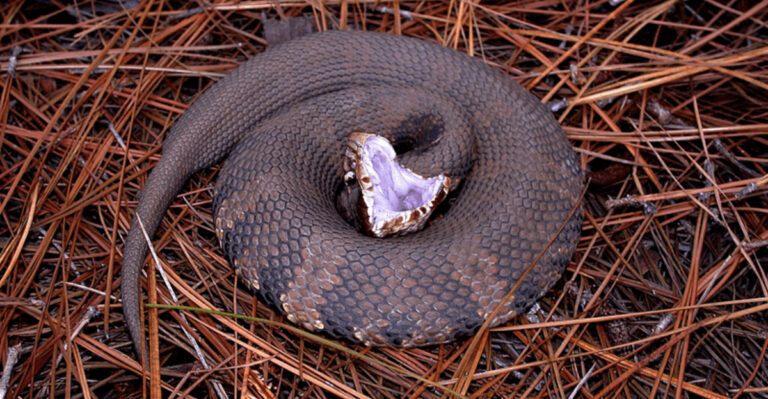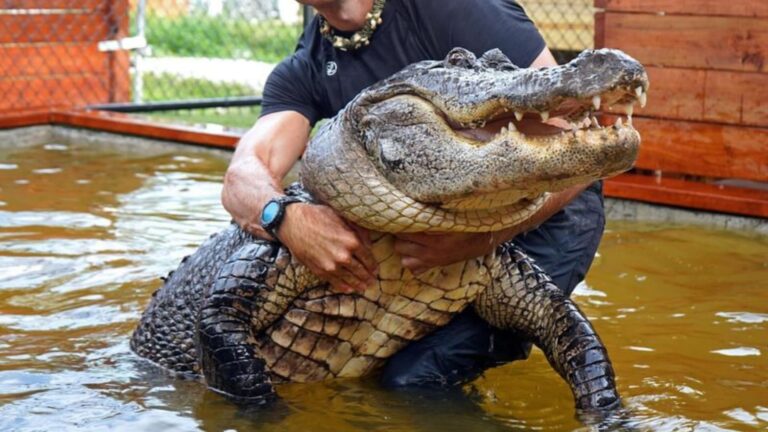Invasive Asian Ant Now Threatens U.S. Forests (And It’s Spreading Fast)
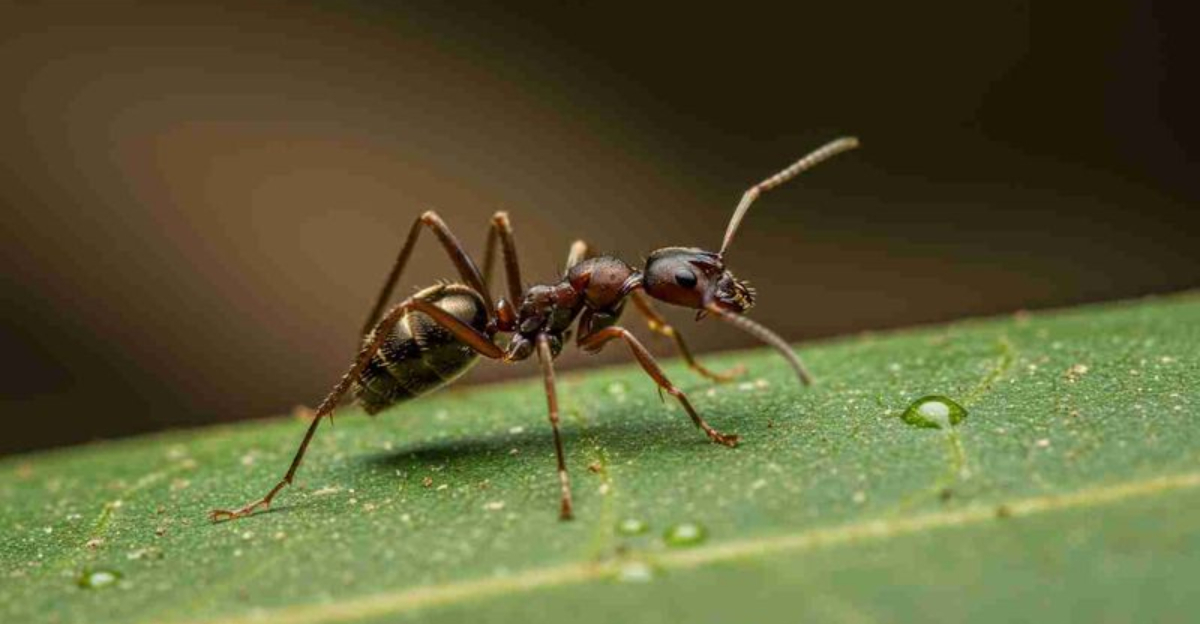
A tiny invader from Asia is silently marching through American forests, causing big problems for our ecosystems.
The Asian needle ant has established colonies across the United States, pushing out native species and disrupting the natural balance of our woodlands. Their rapid spread and harmful impacts have scientists worried about the future of forest health across the country.
1. They Outcompete Native Ant Species
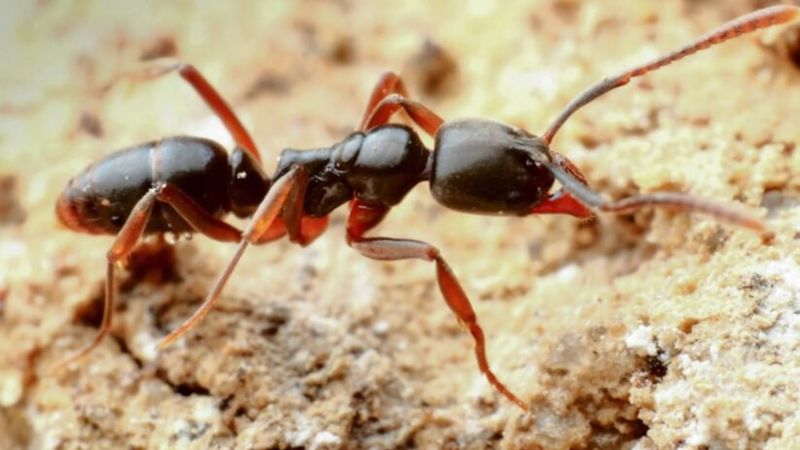
Native ants face a formidable opponent in these Asian invaders. The needle ants don’t play fair in the forest floor marketplace, grabbing food sources and nesting spots before local species have a chance.
This competition has already reduced populations of important native ants in affected areas. When native ants decline, the ripple effects touch everything from seed dispersal to soil health.
2. Their Sting Can Trigger Dangerous Allergic Reactions
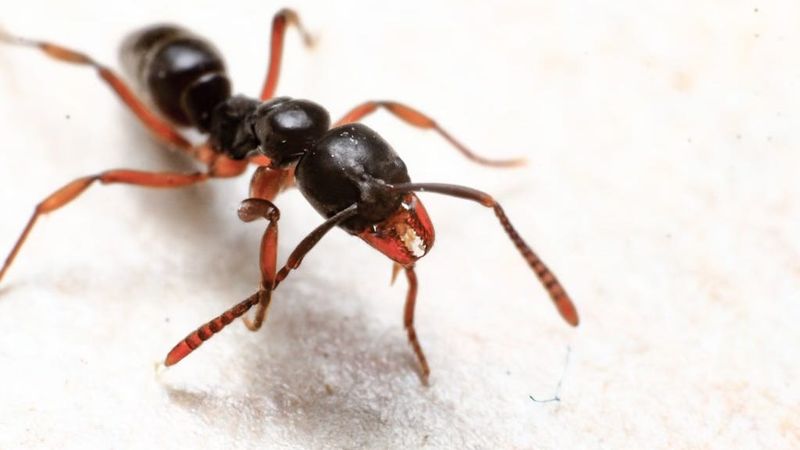
Unlike your average picnic-ruining ant, these forest invaders pack a serious punch. Their venom contains potent compounds that can send sensitive individuals to the emergency room with painful swelling, hives, and breathing difficulties.
Forest workers and hikers are particularly at risk of unexpected encounters. Always carry an antihistamine or epinephrine if you’re allergic to insect stings and frequent wooded areas where these ants might live.
3. They Invade Natural Forests, Not Just Urban Areas
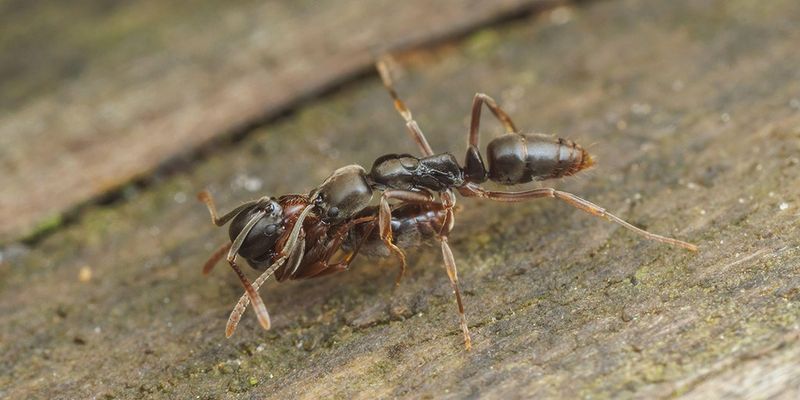
Forget the stereotype of ants sticking to sidewalk cracks and picnic areas. Asian needle ants boldly venture deep into pristine forests, setting up shop in undisturbed wilderness areas miles from human development.
National parks and protected forests have reported finding colonies. Their preference for natural settings makes them particularly threatening to delicate forest ecosystems that haven’t evolved alongside these aggressive invaders.
4. They Thrive In Cooler Climates

Surprisingly cold-hardy for a species from Asia, these ants laugh in the face of frost. While many invasive insects are limited by northern winters, Asian needle ants survive temperatures that would kill other tropical species.
Scientists have found thriving colonies as far north as New York and Washington state. This cold tolerance means few natural barriers exist to stop their continued spread across the continental United States.
5. They Nest In Hidden, Hard-To-Reach Places

Masters of concealment, these tiny troublemakers establish homes in spots that make detection nearly impossible. Favorite hiding spots include rotting logs, loose tree bark, and deep within mulch piles.
Even experienced pest controllers struggle to locate all colonies in an affected area. This stealth factor gives them a significant advantage, allowing populations to rebuild even after treatment attempts.
6. They Prey On A Wide Range Of Insects
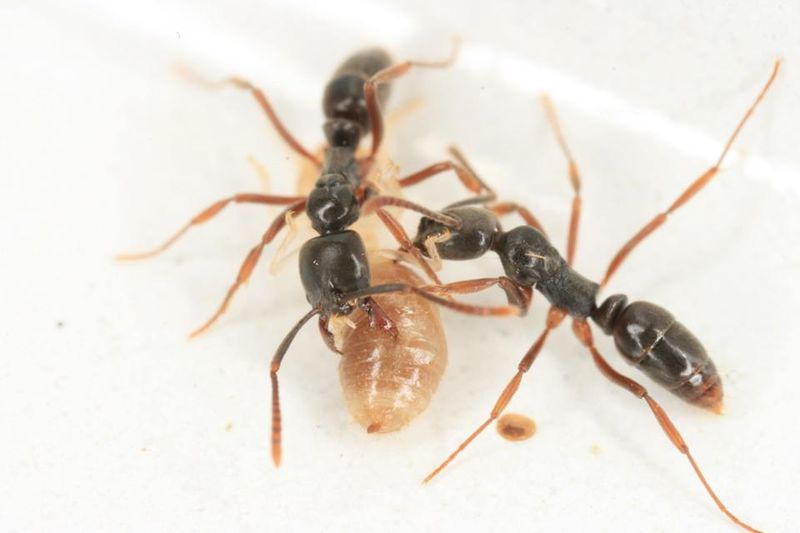
Voracious appetites make these ants ecological disruptors wherever they go. Researchers have observed them consuming everything from termites to beetle larvae to caterpillars that native birds depend on for food.
Their hunting prowess leaves less food for native predators. Forest birds that rely on specific insect populations may face food shortages as Asian needle ants vacuum up available prey across the forest floor.
7. They Breed Rapidly And Form Large Colonies

Reproduction rates that would make rabbits jealous help explain their lightning-fast spread. A single colony can support multiple egg-laying queens simultaneously, cranking out new workers at an alarming pace.
Colonies quickly reach thousands of individuals within a single season. What starts as a few ants hitchhiking on firewood can transform into a major infestation before anyone notices the first scouts.
8. Their Presence Threatens Pollinators
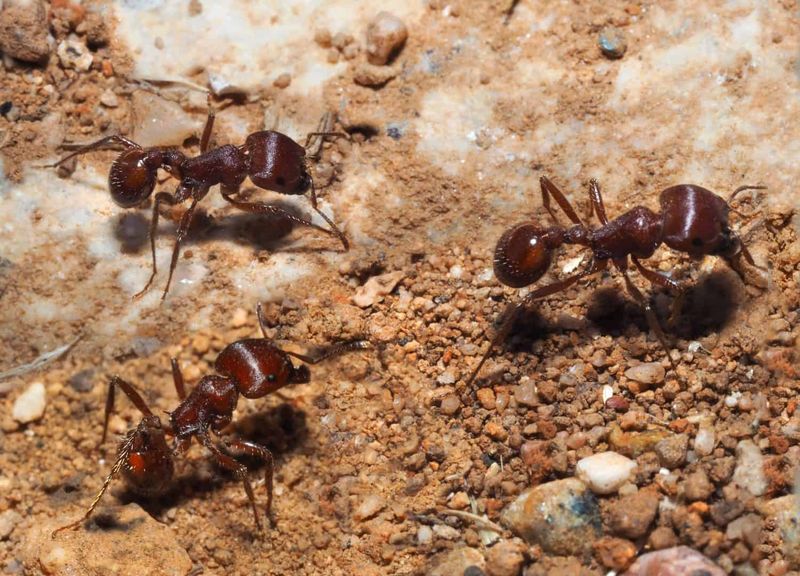
Many plants rely on ants for seed dispersal, a relationship thrown into chaos when invasive species enter the picture. Native ants carefully carry seeds with nutritious attachments called elaiosomes, planting them in new locations after eating just the fatty portion.
Asian needle ants don’t follow these rules. They often destroy seeds entirely or fail to disperse them properly, potentially reducing plant diversity over time in affected forests.
9. Pesticides Often Don’t Work On Them
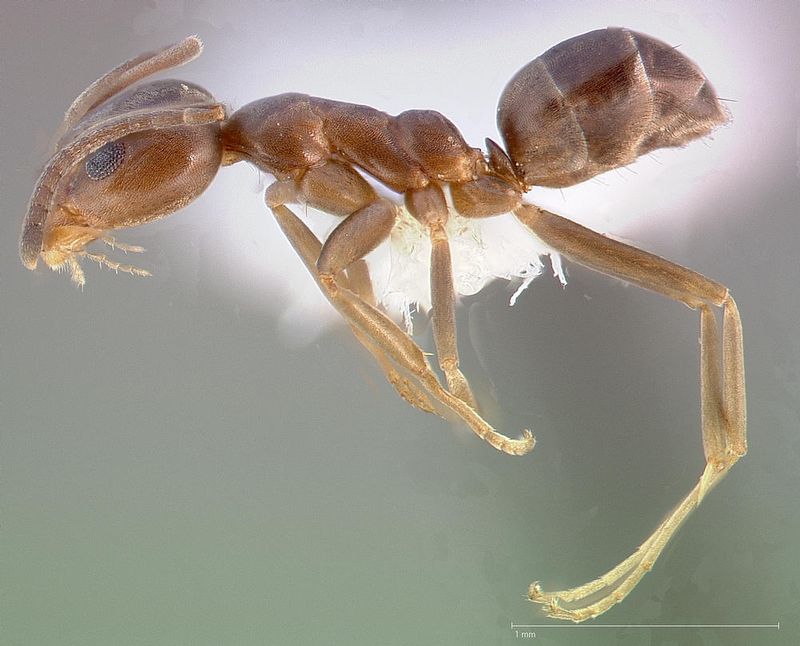
Conventional ant baits meet their match with these clever invaders. Asian needle ants frequently ignore sweet baits that work on other species, frustrating control efforts by homeowners and professionals alike.
Their habit of relocating colonies at the first sign of disturbance compounds the problem. Even when treatments seem successful initially, surviving ants often establish new nests nearby, continuing their spread through American woodlands.
10. They Were First Spotted In Georgia In The 1930s

Long before becoming headline news, these ants were quietly establishing a foothold in the American South. The first documented specimens were collected in Georgia nearly a century ago, though they remained relatively contained for decades.
Something changed around the early 2000s, triggering rapid expansion. Scientists debate whether climate shifts, adaptation to local conditions, or simply reaching a critical population mass finally unleashed their invasive potential.
11. Their Expansion Is Linked To Global Trade
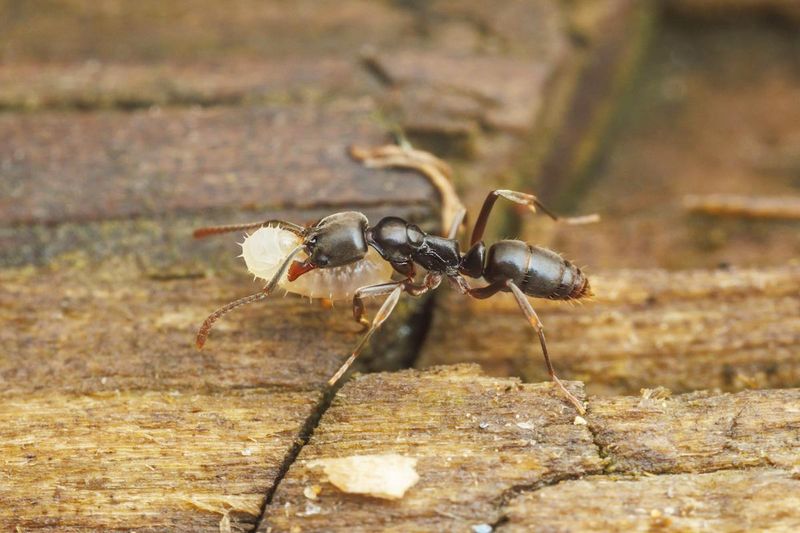
Shipping containers and wooden pallets serve as first-class transportation for these unwanted travelers. Researchers have traced many new infestations to international ports and distribution centers where goods arrive from Asia.
Even domestic movement of firewood and landscaping materials spreads existing populations. A single pregnant queen hidden in mulch or firewood can establish an entirely new colony hundreds of miles from the original infestation.
12. Citizen Reporting Is Key To Tracking Them
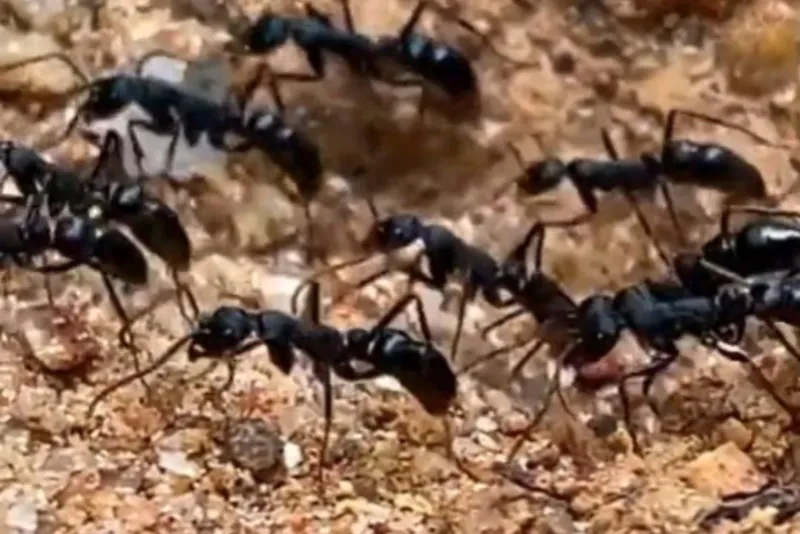
Regular people armed with smartphones have become the front line in monitoring this invasion. Entomologists rely heavily on photos and specimens submitted by hikers, gardeners, and nature enthusiasts to track the ants’ spread into new territories.
Several universities maintain reporting websites where concerned citizens can upload sightings. This crowd-sourced data helps scientists understand migration patterns and identify new hotspots before infestations become unmanageable.
13. Long-Term Ecosystem Damage Is A Real Risk
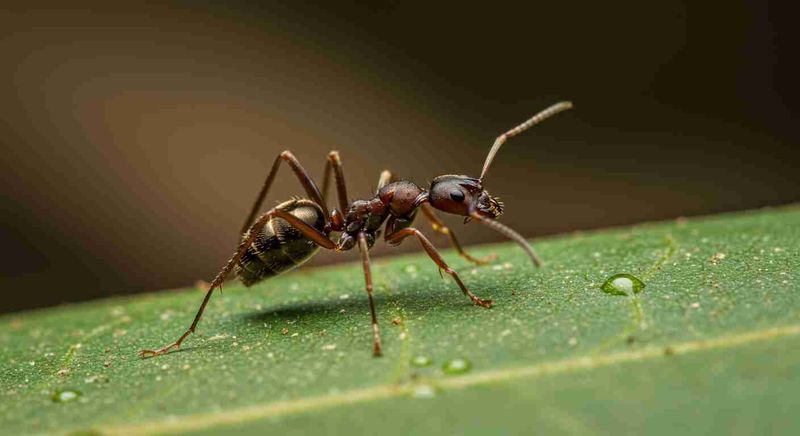
Forest ecosystems evolved over thousands of years without these aggressive invaders. The sudden introduction of Asian needle ants creates cascading effects that scientists are still working to fully understand.
Early research suggests concerning changes in soil chemistry where infestations occur. As native decomposers and soil-aerating insects decline, the very foundation of forest health comes under threat, potentially altering tree growth and forest regeneration for generations.




